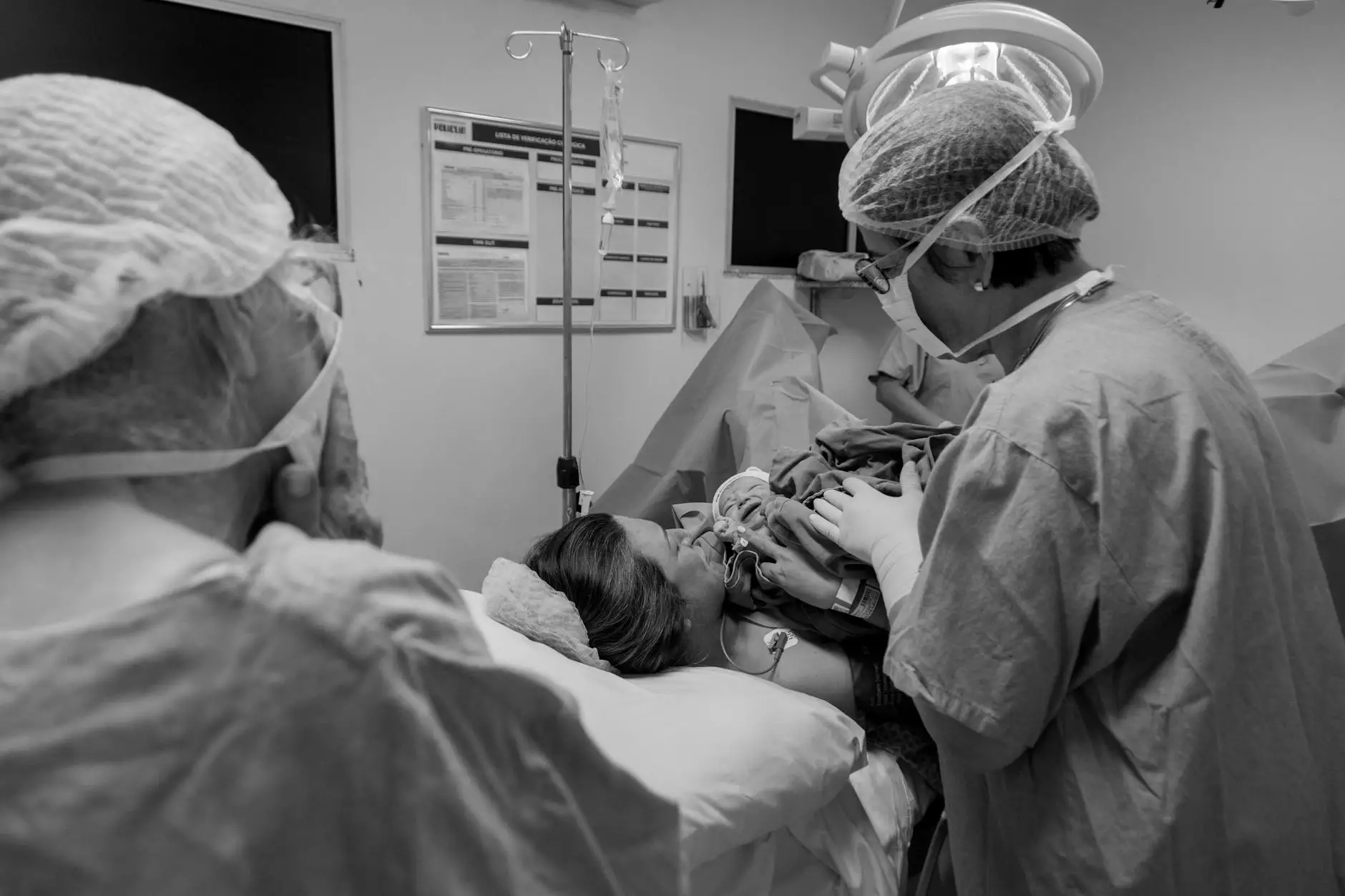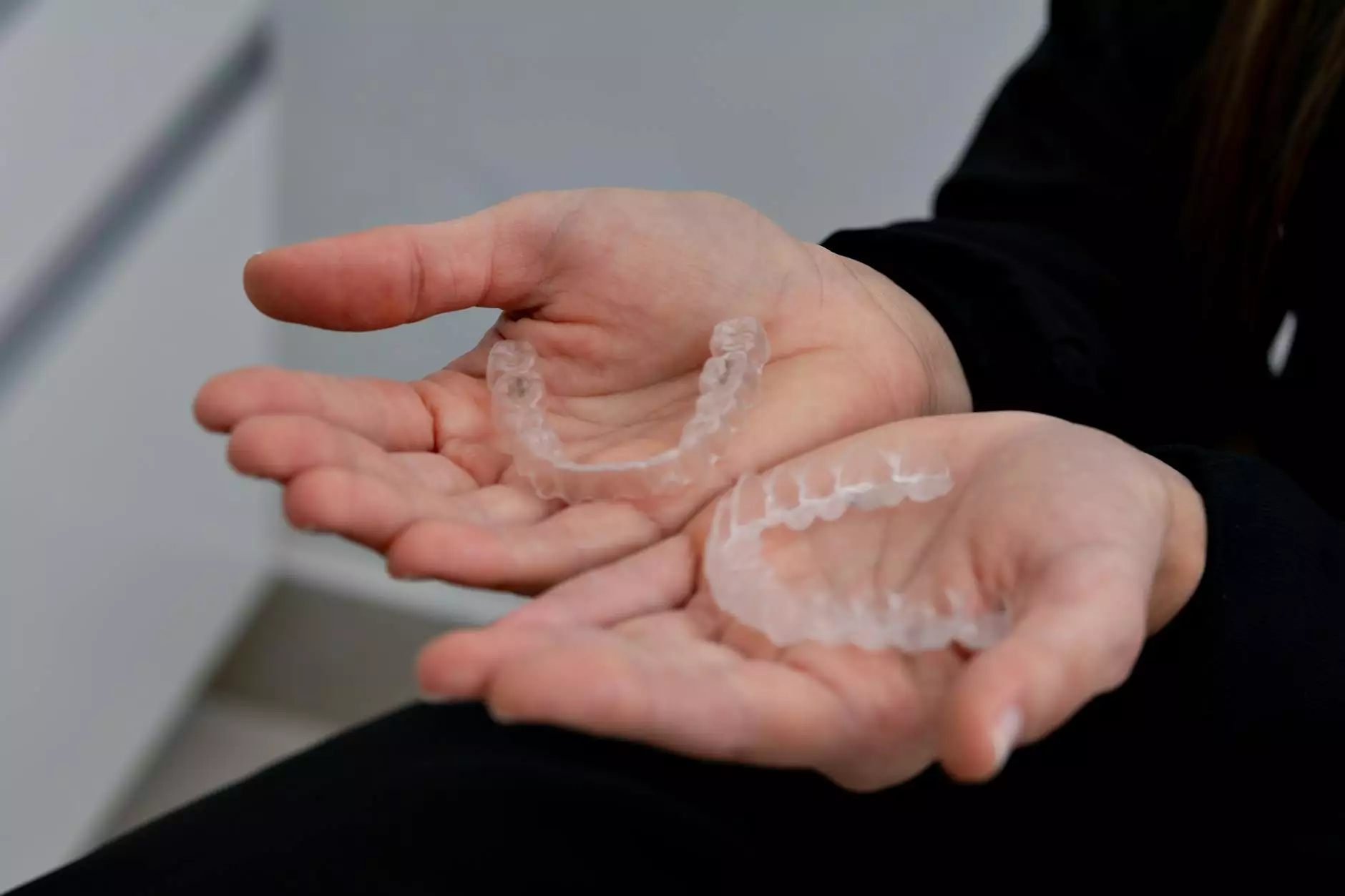Understanding Blepharoplasty: A Comprehensive Guide to Eyelid Surgery

In the realm of cosmetic surgery, blepharoplasty has emerged as a popular option for individuals seeking to enhance their facial appearance, specifically through eyelid modification. This procedure, commonly referred to as eyelid surgery, is intended to correct droopy or sagging eyelids and remove excess skin, fat, or muscle from the eyelid area. This article provides a comprehensive overview of blepharoplasty, discussing its benefits, the procedure itself, recovery expectations, and why consulting a qualified specialist is essential.
What is Blepharoplasty?
Blepharoplasty is a surgical procedure that focuses on improving the appearance of the eyelids. It can be performed on the upper eyelids, lower eyelids, or both. The surgery can address a range of conditions, including:
- Excess skin and sagging that can create a tired or aged look
- Under-eye bags that contribute to a puffy appearance
- Poor eyelid function that may impair vision
This procedure can significantly rejuvenate the face, providing a more alert and youthful appearance.
Benefits of Blepharoplasty
The benefits of blepharoplasty extend beyond mere aesthetics. Here are some key advantages:
- Enhanced Vision: By removing excess skin from the upper eyelids, patients often experience improved peripheral vision that can be obstructed by sagging skin.
- Youthful Appearance: Eyelid surgery can effectively reduce signs of aging, helping individuals look more rested and vibrant.
- Increased Confidence: A refreshed appearance can lead to improved self-esteem and confidence in social and professional environments.
- Long-lasting Results: The results of eyelid surgery can be long-lasting, often providing benefits that endure for several years.
Who is a Candidate for Blepharoplasty?
Potential candidates for blepharoplasty include individuals who:
- Are generally healthy and do not have underlying medical conditions that may impede healing.
- Show signs of aging around the eyes, including droopy eyelids or bags under the eyes.
- Are non-smokers or are willing to quit prior to surgery.
- Have realistic expectations and a clear understanding of the outcomes.
It is important for candidates to discuss their concerns and goals with a qualified surgeon during the consultation process.
The Blepharoplasty Procedure
The blepharoplasty procedure generally involves the following steps:
- Consultation: Initial meetings with a board-certified plastic surgeon allow for an assessment of your needs and desires.
- Anesthesia: The procedure is typically performed under local anesthesia with sedation or general anesthesia, depending on the extent of the surgery.
- Incisions: For upper eyelid surgery, incisions are made along the natural folds of the eyelid. For lower eyelids, incisions can be made just below the lash line or on the inside of the eyelid.
- Removal of Excess Tissue: The surgeon then removes fat, skin, and, if necessary, muscle. The amount of tissue removed will depend on individual needs.
- Suturing: Once the necessary adjustments are made, the incisions are closed with stitches that may dissolve over time.
The surgery typically lasts between one to three hours, depending on the complexity and whether both upper and lower eyelids are addressed.
Techniques Used in Blepharoplasty
There are different techniques employed in blepharoplasty. Some common methods include:
- Traditional Blepharoplasty: This involves making incisions along the natural lines of the eyelid allowing for effective removal of excess tissue.
- Transconjunctival Blepharoplasty: This technique, often used for lower eyelids, involves making incisions inside the eyelid, leaving no visible scarring.
Recovery Process After Blepharoplasty
The recovery time after blepharoplasty varies among individuals, but typically involves:
- Swelling and Bruising: Patients may experience some swelling and bruising around the eyes, which is usually temporary and subsides within a few days.
- Post-Operative Care: It's crucial to follow your surgeon's specific aftercare instructions, which may include applying cold compresses and taking prescribed medications.
- Activity Restrictions: Patients are usually advised to avoid strenuous activities for at least a few weeks to encourage healing.
- Follow-Up Visits: Regular check-ups with the surgeon will ensure the healing process is on track.
Most individuals can return to their normal routines within a week, though complete healing may take several months.
Potential Risks and Complications
As with any surgical procedure, blepharoplasty carries some risks. These may include:
- Infection: While rare, infections can occur post-surgery.
- Scarring: Although incisions are made carefully, some scarring is unavoidable.
- Dry Eyes: Temporary dryness or irritation of the eyes may happen.
- Asymmetry: Rarely, uneven results may occur, leading to corrections being needed.
Discussing potential risks with a qualified surgeon can help manage expectations and prepare for a successful outcome.
Consulting a Specialist for Blepharoplasty
When considering a blepharoplasty, it is crucial to consult a board-certified plastic surgeon who specializes in this type of procedure. Here’s why:
- Expertise: Experienced surgeons have extensive training and knowledge of the latest techniques and technologies.
- Personalized Approach: A specialist can tailor the procedure to meet individual needs, ensuring the best possible results.
- Safety Measures: Board-certified surgeons adhere to strict safety protocols, reducing risks associated with surgery.
Choosing an approach that prioritizes quality and safety will lead to a more successful outcome for any prospective patient.
Conclusion
In summary, blepharoplasty is a transformative surgical procedure that corrects various issues related to the eyelids, providing both aesthetic and functional benefits. Understanding the steps involved, benefits, recovery process, and potential risks can help individuals make informed decisions. If you are considering this procedure, consulting with a qualified surgeon is vital to achieve the desired results.
For more information about blepharoplasty and to consult with skilled professionals, visit thewellcome.com, where you can find expert resources and specialized medical practitioners ready to assist you on your journey to enhanced beauty and confidence.









